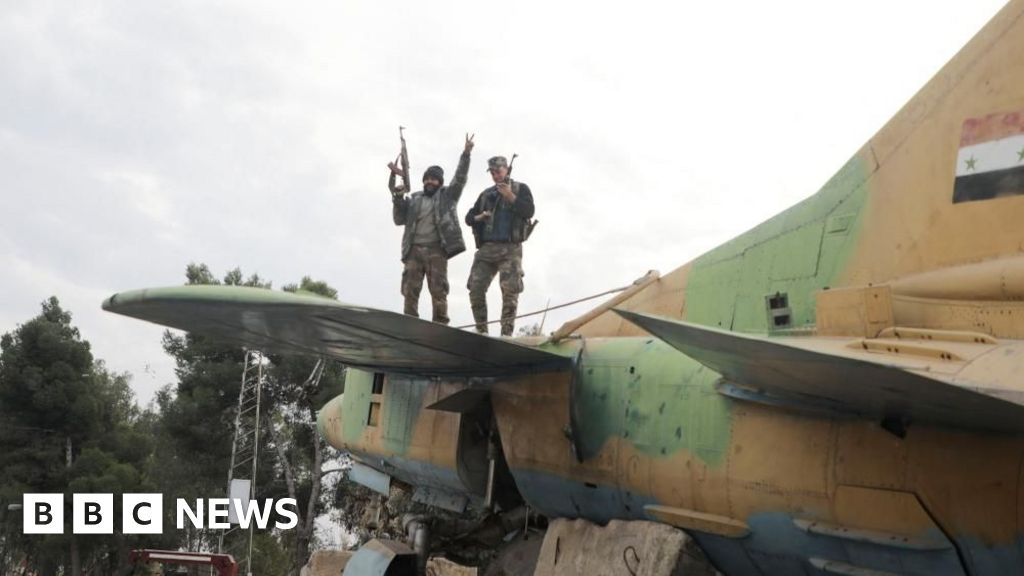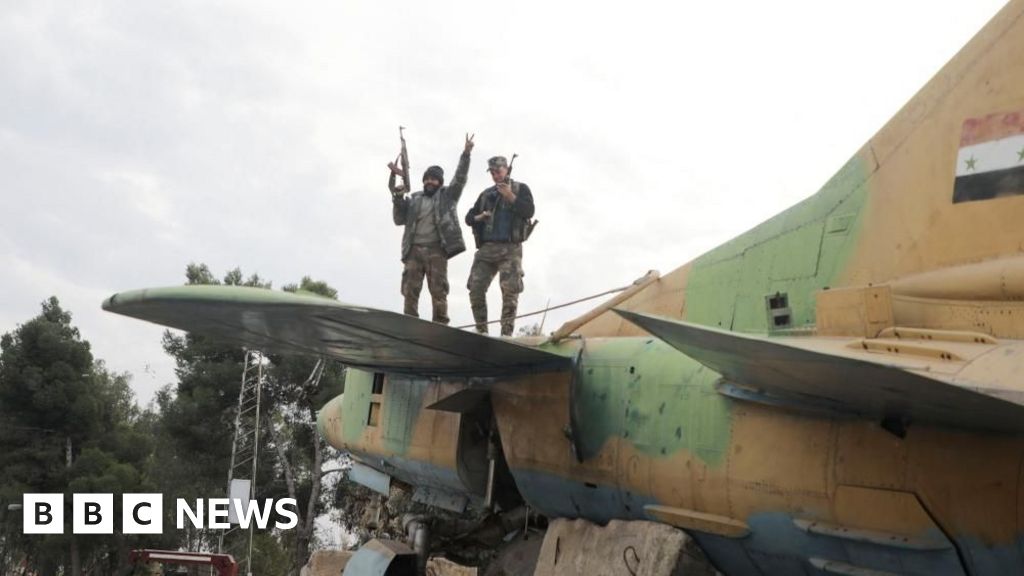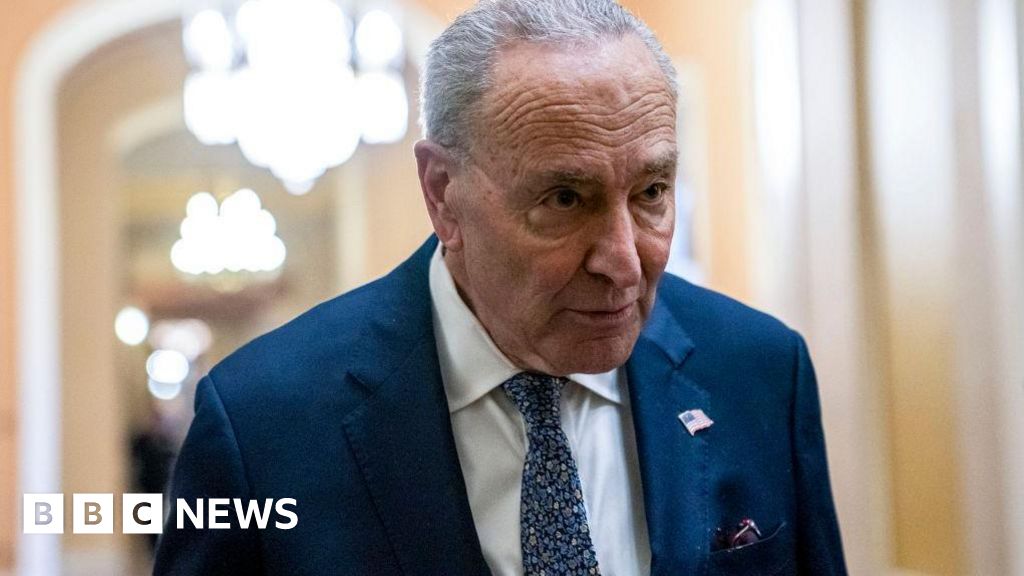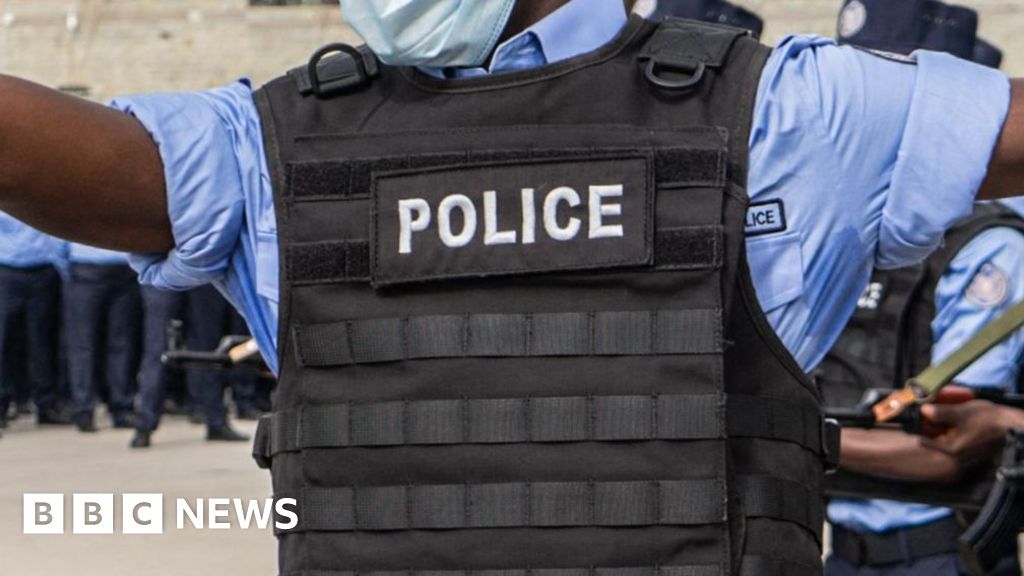
The fall of Bashar al-Assad was almost unthinkable just a week ago, when rebels started their astonishing campaign against the regime from their base in Idlib, in Syria’s north-west.
This is a turning point for Syria. Assad came to power in 2000 after the death of his father Hafez, who ruled the country for 29 years – and very much like his son, with an iron fist.
Assad junior inherited a tightly controlled and repressive political structure, where opposition was not tolerated.
At first, there were hopes that he could be different – more open, less brutal. But those were short lived.
Assad will forever be remembered as the man who violently repressed peaceful protests against his regime in 2011, which led to a civil war. More than half a million people were killed, six million others became refugees.
With the help of Russia and Iran, he crushed the rebels, and survived. Russia used its formidable air power while Iran sent military advisors to Syria and Hezbollah, the militia it supports in neighbouring Lebanon, deployed its well-trained fighters.
This did not happen this time. His allies, preoccupied with their own affairs, essentially abandoned him. Without their help, his troops were unable – and, in some places, apparently unwilling – to stop the rebels, led by the Islamist militant group Hayat Tahrir al-Sham (HTS).
First, they seized Aleppo, the country’s second-largest city, last week, almost without resistance. Then Hama, and days later, the key hub of Homs. With insurgents also advancing from the east and the south, the offensive isolated Damascus. In a matter of hours, fighters entered the capital, the seat of Assad’s power.
The end of the Assad family’s five-decade rule will reshape the balance of power in the region.
Iran, again, is seeing its influence suffer a significant blow. Syria under Assad was part of the connection between the Iranians and Hezbollah, and it was key for the transfer of weapons and ammunition to the group.
Hezbollah itself has been severely weakened after its year-long war with Israel and its future is uncertain.
Another Iranian-supported faction, the Houthis in Yemen, have been repeatedly targeted in air strikes. All these factions, plus militias in Iraq and Hamas in Gaza, form what Tehran describes as the Axis of Resistance, which has now been seriously damaged.
This new picture will be celebrated in Israel where Iran is viewed as an existential threat.
Many believe this offensive could not have happened without the blessing of Turkey. Turkey, which supports some of the rebels in Syria, has denied backing HTS.
For some time, President Recep Tayyip Erdogan had pressed Assad to engage in negotiations to find a diplomatic solution to the conflict that could allow the return of Syrian refugees.
At least three million of them are in Turkey, and this is a sensitive issue locally.
But Assad had refused to do so.
A lot of people are happy to see Assad go.
But what happens next? HTS have their roots in al-Qaeda, and a violent past.
They have spent the last years trying to rebrand themselves as a nationalist force, and their recent messages have a diplomatic and conciliatory tone.
But many are not convinced, and are concerned about they might be planning to do after toppling the regime.
At the same time, the dramatic changes could lead to a dangerous power vacuum and eventually result in chaos and even more violence.



